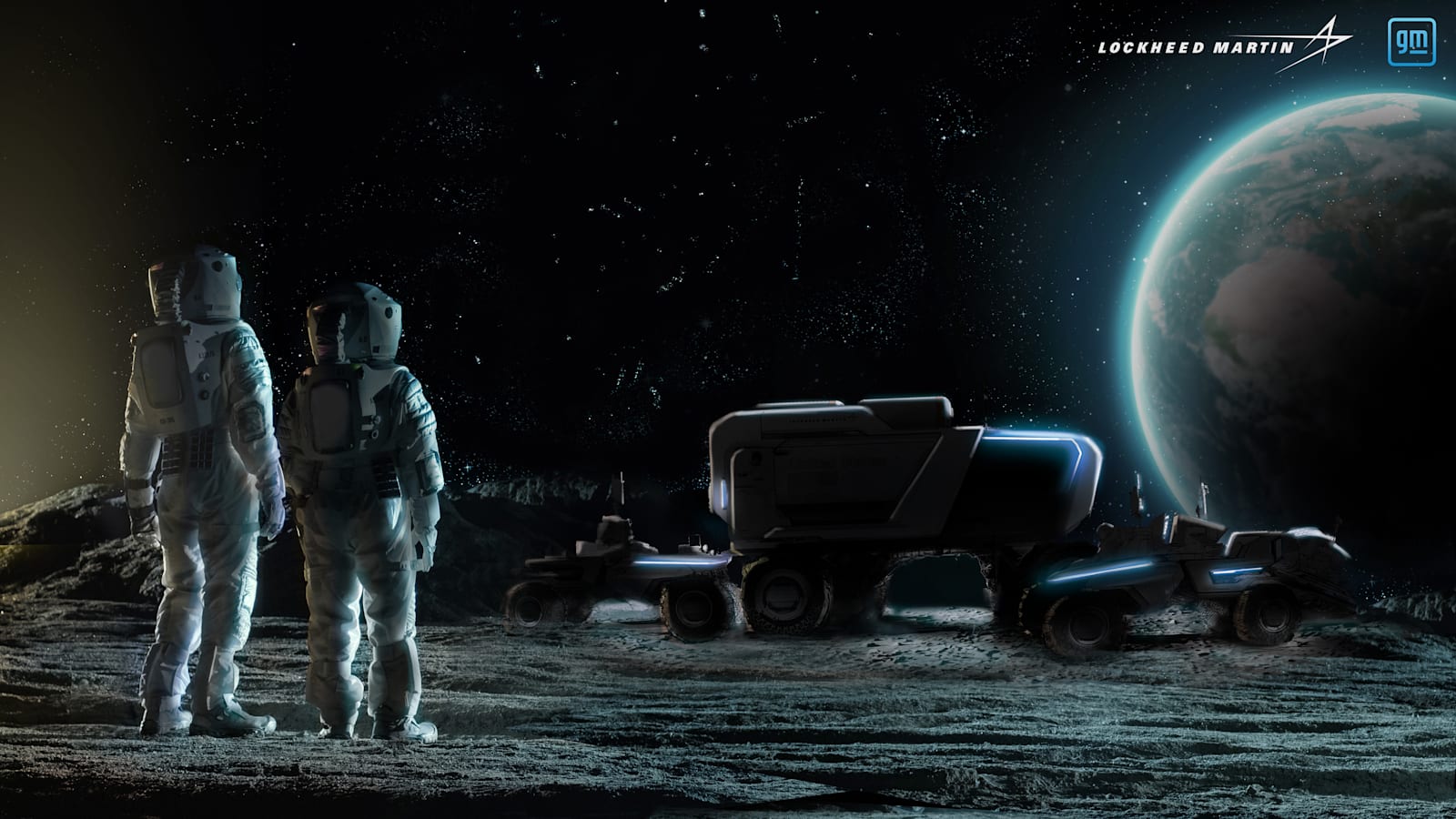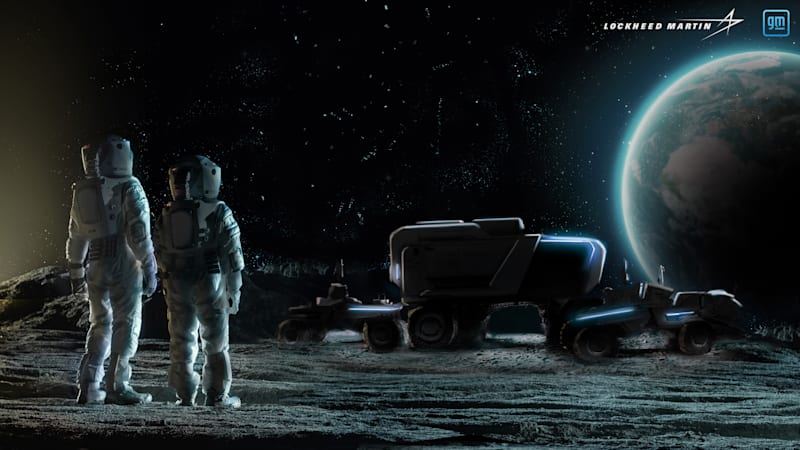New space rovers destined for the moon are under development, and GM will have a big hand in the process. Today GM announced that it is partnering with global security and space company Lockheed Martin to develop the next generation of lunar vehicles for use in Project Artemis, NASA’s grand return to lunar exploration.
These robbers don’t just go to the moon, either. The vehicles GM eventually produces will be designed to carry astronauts across the surface of the moon. Like the teaser image and video previews, these vehicles are not going to be small.
GM’s decision to jump into this field stems from NASA’s 2020 challenge to the industry to create a better and more capable Lunar Terrain Vehicle (LTV). The goal is to explore more of the Moon than we could before, including the first excursions to the Moon’s South Pole, where it is dark, cold and rough. GM does not say how much farther the new rovers will go, but makes it clear that they will travel much farther than the original Apollo rovers that managed to get 7.5 miles from the landing site.

Lockheed Martin would lead the project, but GM will help by using everything it has learned in the battery-electric vehicle space to design the rover’s propulsion system. In addition, the rover will take advantage of GM’s autonomous and sensor technologies to help it navigate the moon in a safer and more efficient manner. GM says its “autonomous, self-propelled systems will enable rovers to prepare for human landings, provide commercial payload services, and expand the range and usefulness of scientific payloads and experiments.”
GM has a long history of helping NASA with space exploration projects, and has helped in a number of ways throughout the Apollo Moon program, including helping develop the original lunar rover. Lockheed Martin is hugely responsible for building some of the spacecraft systems we’ve used in the more recent past – including in missions to Mars – so the two working together seem like a recipe for intrigue.
We’re not sure when GM will show us the new rovers, but we’re excited to see what this partnership will bring.
Related video:
